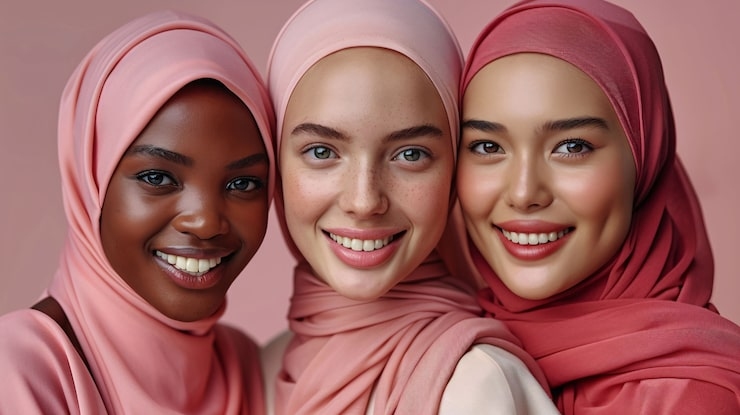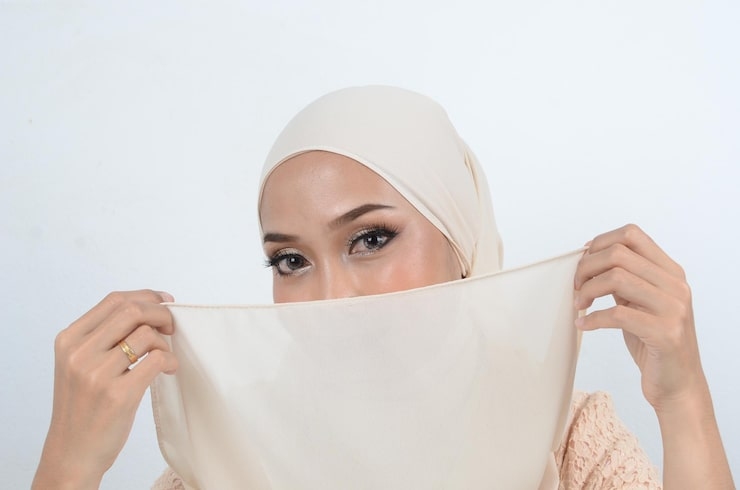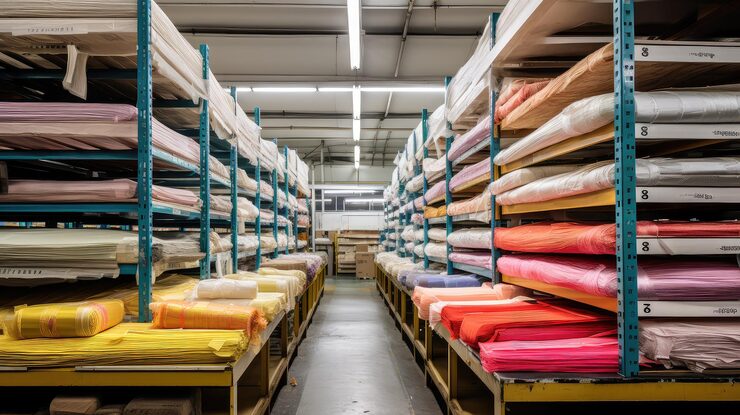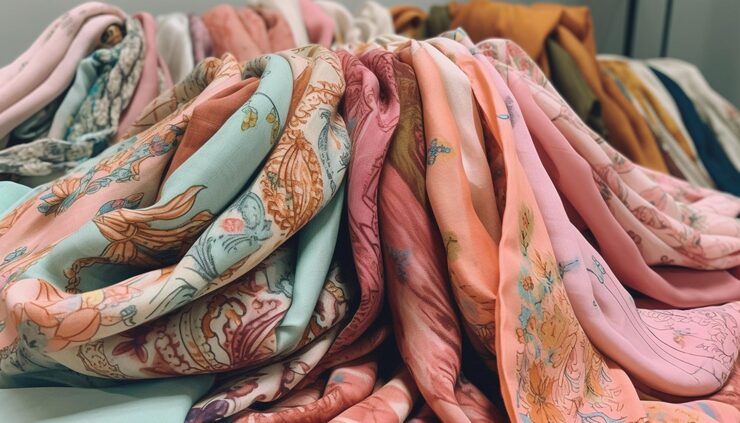What is the difference between voile and curtains?
What is the difference between voile and curtains?
In the selection of home decoration and textiles, voile and curtains are common fabrics and finished products, and their functions, appearance and uses are unique. Although both often appear in the design of the room at the same time, many people may be confused about their differences. This article will explain the differences between voile and curtains in detail, from the aspects of material, function, decorative effect, applicable scenes, etc., to help consumers better understand their application characteristics and make better home decoration choices.
1. The difference between materials and production processes
1.1 Voile material
Voile is a very light, transparent or translucent fabric, usually made of cotton, silk, polyester or nylon. The fabric structure of voile is relatively loose, allowing light to penetrate, so it has high breathability and light transmittance. Voile is made of plain or twill weave, and the arrangement of yarns is relatively loose, making it soft and elegant.
Data support: According to data from the global textile market, polyester is the most commonly used material in tulle production, accounting for as much as 45%, while the demand growth rate of cotton tulle in the high-end market has also remained above an average annual rate of 4%.
1.2 Curtains (Curtains) Material
Curtains are a finished product in home decoration, with a variety of materials, including cotton, linen, silk, polyester, flocking cloth, etc. Curtain fabrics are very rich in variety, and curtains can be divided into heavy and light types according to different needs. Compared with tulle, curtain fabric density is usually higher, with better light-shielding and privacy protection functions.
Data support: According to the analysis of the interior decoration market, blackout curtains account for about 60% of the market share, especially in the urban residential and hotel markets. Polyester blended curtains account for about 50% of the market share due to their durability and easy-to-clean characteristics.
2. Functional differences
2.1 Function of voile
The main function of voile is decoration and light adjustment. Due to its transparent or translucent properties, tulle can softly filter light and create a soft and dreamy atmosphere. It is usually used for layered decoration, such as covering the outside of curtains or using it independently as a voile curtain, with the purpose of allowing sufficient natural light to enter the room while maintaining a certain degree of privacy.
In addition, cotton voile fabrics are also highly breathable and are very suitable for environments that need to maintain air circulation. Cotton voile is often used for summer curtains and decorations because it is light, airy, and does not bring a dull feeling to the room.
2.2 Functions of curtains
The main functions of curtains include light blocking, sound insulation, and privacy protection. Heavy curtains, such as flocked cloth or cotton and linen blended curtains, can effectively block direct sunlight, especially in bedrooms, theaters, and other environments that require complete darkness. Blackout curtains are indispensable. At the same time, curtains also perform well in sound insulation. Thick curtains can reduce the interference of external noise to the room and improve the comfort of living.
Curtains are also highly decorative. With their rich colors, patterns, and materials, curtains can match the interior design style well and add a unique aesthetic to the room.
Functional comparison:
Voile: light filtering, ventilation decoration, creating a soft atmosphere;
Curtains: light blocking, sound insulation, privacy protection.
3. The difference between appearance and decorative effect
3.1 Decorative effect of cotton voile
Due to its light and flowing characteristics, tulle is often used to create a romantic and gentle decorative effect. Its translucency allows tulle to produce soft shadows and brightness changes when light passes through, adding a sense of layering to the room. Tulle is often used in the curtain design of bedrooms and living rooms, and is used with heavy curtains to form a double curtain effect. In this combination, the tulle is pulled up during the day to allow natural light to enter the room softly; the heavy curtains are pulled up at night to provide privacy and light blocking.
The diversity of voile is reflected in color and style. Whether it is solid color, print or embroidery, voile can be easily integrated into various decorative styles, especially suitable for modern simplicity or European romantic style.
3.2 Decorative effect of curtains
In contrast, curtains emphasize the overall presence. Thick curtains can bring a calm feeling to the room and are often used to decorate main spaces such as living rooms and bedrooms. The color, pattern and texture of curtains can echo with indoor items such as furniture and carpets to form an overall home style.
Thin curtains are both beautiful and functional, and are suitable for use in kitchens, study rooms and other spaces. This type of curtain not only ensures a certain degree of privacy, but also adds a unique decorative effect to the interior by choosing different patterns and materials.
Market data: According to the sales data of decorative items, about 70% of households will use cotton voile as an auxiliary decoration when choosing curtains to form a double-layer effect. This combination can not only ensure light adjustment during the day, but also provide privacy and shading functions at night.
4. Different applicable scenarios
4.1 Applicable scenarios of cotton voile
The most common application scenario of tulle is the decorative layer of curtains. It can also be used as an independent voile curtain, which is suitable for living rooms, dining rooms, balconies and other spaces that need to maintain a certain amount of light. Tulle is especially popular in summer because it can keep the room ventilated and breathable while creating a relaxed and natural atmosphere.
In addition, cotton voile is often used in weddings, stages and other occasions where a romantic atmosphere needs to be created. In weddings, tulle can be used as background cloth, tablecloth or decoration to add a sense of fantasy to the entire venue.
4.2 Applicable scenarios of curtains
The applicable scenarios of curtains are very wide and can be used in almost all indoor spaces. Depending on the material and function, curtains can be used in bedrooms, living rooms, offices and even hotels where light blocking and privacy protection are required. Especially in bedrooms, blackout curtains are essential because they can effectively block the morning sun and ensure quality sleep.
In some public places, such as conference rooms, theaters, etc., heavy curtains can not only block light, but also have a certain sound insulation effect, providing a quieter environment.
5. Differences in price and market positioning
5.1 The price of cotton voile
The price of voile is relatively low, especially polyester voile, which usually has a market price of US$5 to US$15 per meter. High-end cotton or silk voile will be slightly more expensive, but in general, tulle fabrics are an affordable choice for home decoration.
5.2 The price of curtains
The price of curtains depends on the material and function. Simple cotton curtains cost between US$20 and US$50 per meter, while high-end silk, flocking and other curtains cost more, even up to more than US$100 per meter. The price of functional curtains such as shading and soundproof curtains will also increase, but relatively high-priced curtains usually bring a better user experience.
6. Summary
Although tulle and curtains are often used together, they have obvious differences in material, function, decorative effect and applicable scenarios. Tulle is mainly used for decoration and light adjustment, suitable for creating a light and soft space atmosphere; while curtains focus on shading, sound insulation and privacy protection, and are widely used in various indoor environments.
By understanding their different characteristics, consumers can choose the most suitable fabric combination in home decoration according to actual needs, and achieve a perfect balance between beauty and function.




